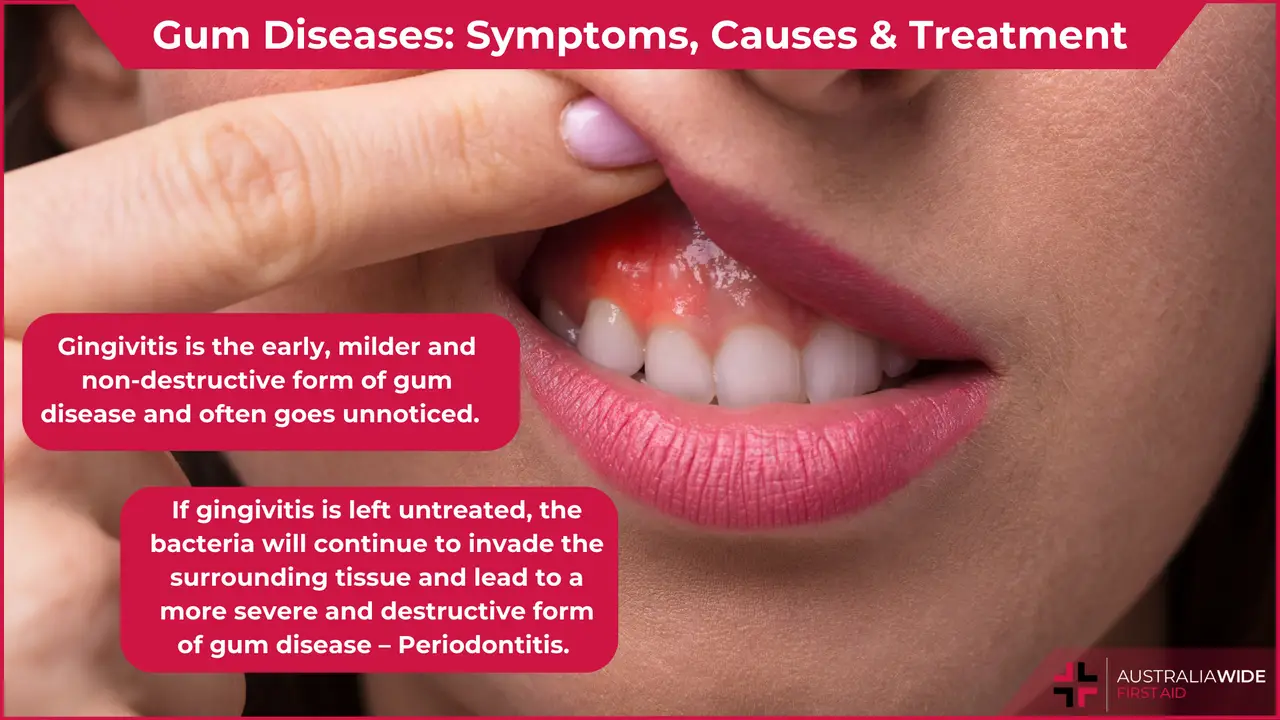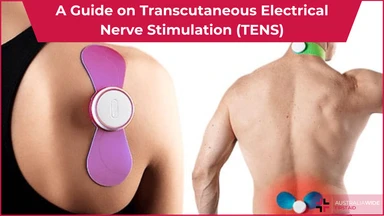Gum Diseases: Symptoms, Causes & Treatment


When it comes to oral health, most of us tend to focus on the aesthetics of our smile - the pearly whites that dazzle when we grin.
But lurking beneath that perfect smile lies a hidden threat: gum disease.
Often underestimated, gum disease can quietly wreak havoc on our oral health, and if left untreated, it can lead to serious complications.
In this article, we will look into the world of gum disease, exploring its symptoms, causes, and treatment options.
Gum disease, also known as periodontal disease, is an inflammatory condition that affects the tissues surrounding and supporting your teeth.
Our mouth is a host to millions of bacteria and microbes. While most of them are harmless, some have the potential to cause diseases.
These microbes reside in plaque. Plaque is a sticky whitish-yellow film that forms on the surface of your teeth.
In time, plaque has the potential to harden and become calculus or tartar. Plaque and tartar are a haven for these bacteria which lead to inflammatory changes in the gums, eventually leading to gum diseases.
Gum disease normally occurs in two stages: gingivitis and periodontitis.
Gingivitis is the early, milder and non-destructive form of gum disease and often goes unnoticed.
Symptoms:
Treatment:
Fortunately, gingivitis can be reversed with improved oral hygiene.
Brushing twice a day with a soft-bristled toothbrush and fluoridated toothpaste and regular flossing is key to preventing gingivitis.
Professional dental cleaning helps you get rid of the accumulated tartar and gives your gums a chance to heal.
If gingivitis is left untreated, the bacteria will continue to invade the surrounding tissue and lead to a more severe and destructive form of gum disease – Periodontitis.
Periodontitis causes irreversible damage to the gums and surrounding tissues of the tooth.
Symptoms: As gum disease progresses to periodontitis, symptoms become more severe.
Treatment:
Treatment for periodontitis involves more intensive dental cleanings, scaling and root planing, antibiotic therapy, and in severe cases, surgical procedures may also be needed.
Gum diseases can also be a result of certain underlying medical conditions such as diabetes and cancer.
Genetics, poor nutrition, hormonal changes (puberty, pregnancy and menopause), smoking and certain medications such as anticonvulsants, anti-hypertensive drugs, etc., may also lead to gum disease.
Therefore, it is vital to consult your dentist as soon as you notice any signs of gum disease.
If the underlying disease seems to be the major contributing factor, your dental surgeon will promptly refer you to a medical specialist while taking measures to treat your oral health problems.
Gum disease is a silent dental assassin that can quietly deteriorate oral health.
Recognizing the symptoms, understanding the causes, and seeking timely treatment are crucial steps in preventing the progression of this condition.
By adopting good oral hygiene habits and partnering with your dentist, you can protect your gums, preserve your smile, and ensure a lifetime of dental well-being. Remember, a healthy smile starts with healthy gums.

March 25, 2025
Explore non-traditional paths to sobriety, including mindfulness, yoga, nutritional therapy, and community-based support, for a personalized approach to recovery.

September 7, 2022
Menopause is the final period, when a woman, trans man, or non-binary person assigned female at birth's ovaries run out of eggs and the body can no longer ovulate. Menopause comes with several symptoms, complications, and treatment options.

July 26, 2024
Transcutaneous Electrical Nerve Stimulation (TENS) is a therapeutic method of pain relief. It utilises an electrical device that emits electrical currents and streams the impulses via electrode patches attached to the skin.